Princeton Identity is the identity management company powered by biometrics,
improving the way people like you interact with technology every single day.
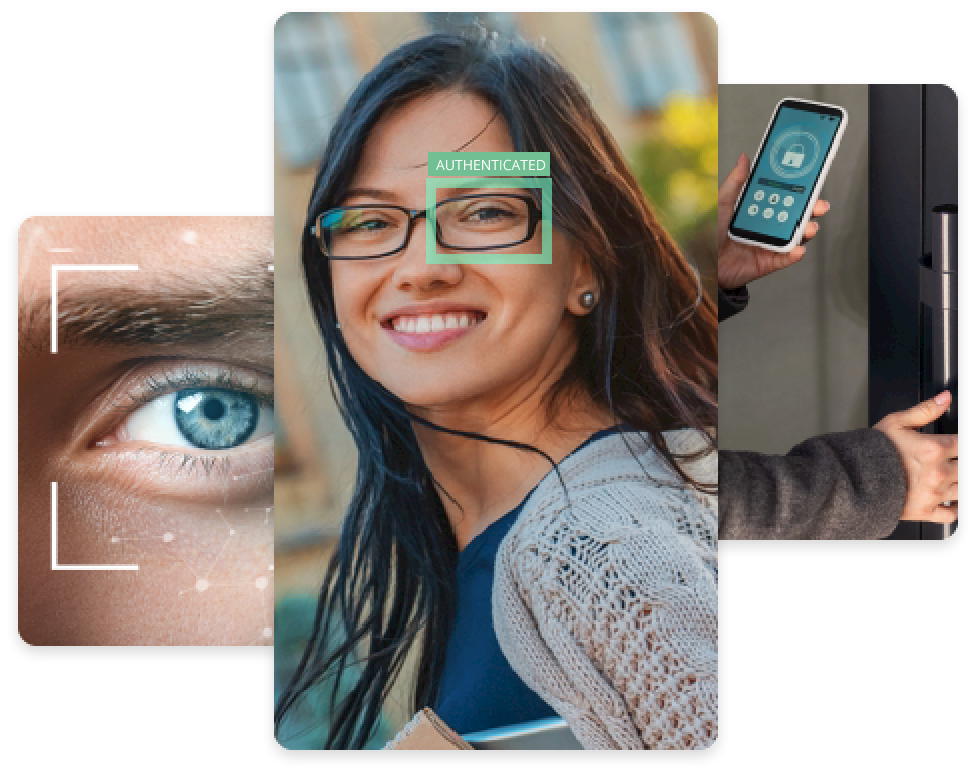
Who are we?
For over 20 years, Princeton Identity has developed and manufactured state-of-the-art commercial iris-biometrics for access control, time and attendance, point of sale, and border service applications.
On campuses, corporate facilities, and critical infrastructure projects around the world, our customers manage their entire lifecycle with our convenient and elegant multi-factor authentication, proprietary Iris-on-the-Move technology, and custom identity server software.
Our systems can be configured for multi-factor authentication using one small edge device and integrate with dozens of the most common security and payment platforms.
With solutions that offer the pinnacle of accuracy and convenience, it’s no wonder so many premier global organizations rely on our products.
Our history and
legacy of INNOVATION
Our story begins decades ago, when our team first brought iris-based identity assurance products to the commercial market. Since then, we’ve never stopped envisioning ways to make the future more secure and convenient.



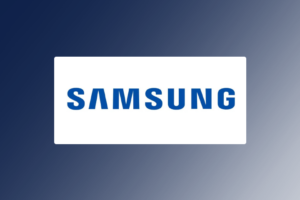

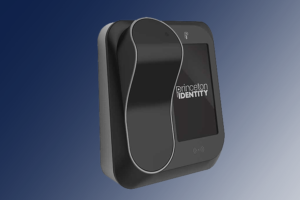
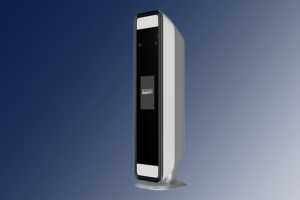



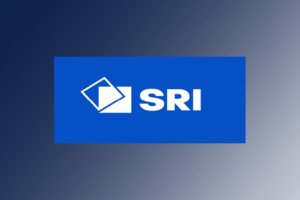
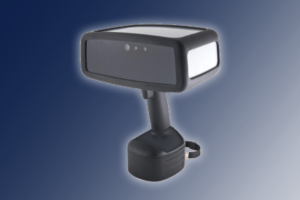
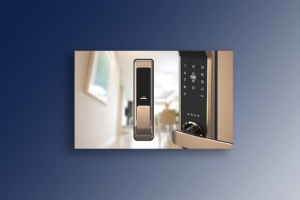


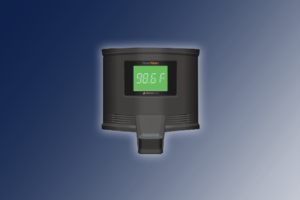
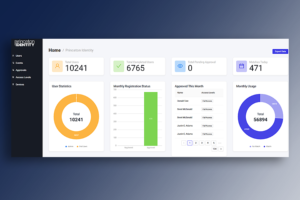
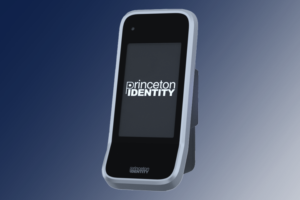
Implementation starts with education.
RESOURCES
Learn MorePARTNERS & INTEGRATIONS
Learn MoreMembers of the following ASSOCIATION





Proudly Manufactured in the U.S.A.
All Princeton Identity solutions comply with the requirements of the National Defense Authorization Act (NDAA).
FAQS
-
How does PI safeguard system data and user biometric information? Does Princeton Identity have access to user data? Are face and iris templates reversible?
Biometric information caputured and used by PI solutions is always secure and private. First, the biometric signatures of enrolled users are not stored as images; they are converted into digital templates that cannot be reverse-engineered into user likeness. Additionally, the host organization stores and maintains all biometric data centrally on site or in the coud. Either way, Princeton Identity has no access to any user data, and the host organization's infosec policies and processes maintain database integrity. We also offer an option to store each individual's biometric information on their badge / access card, so that even the host organization has no access to any user biometric data.
-
Do Princeton Identity solutions log use data and if so, how is it stored, and can it be exported?
All system operational data is logged. It can be exported to a searchable text file to ease troubleshooting in the unlikely event of any system hiccups.
-
What’s the difference between facial and iris recognition?
Both iris recognition and facial recognition are biometric identity modalities in which an image of the user's feature is acquired, converted to a mathematical representation, and then compared to a database for potential match. The structural details of the human iris are genetics-independent, completely formed by age three, and remain constant for the rest of your life! In fact, your iris is by far more unique and stable as a human biometric identifier that your face, and even your DNA! Unlike your face, the human iris is also self cleaning and hard to spoof. And the iris contains much more information / structural detail than your face. For these reasons, iris recognition is able to provide a far greater identity assurance and can be scaled to a much larger user base. Facial detection is easier to accomplish at a distance because the human face is so much larger than the human iris, but at intentional distances - 0.5 to 1m - both can be easily performed with conventional optics and technology. Iris recognition is a far superior choice when the N-N application involves a user base greater than 1,500 people, in situations where users may have parts of their face obscured with masks, hats, helmets, scarves, goggles, etc., and when security requirements call for the increased precision beyond that of facial recognition.
-
How often does Princeton Identity release software updates? How are they distributed and installed?
Software releases usually occur quarterly. We're always adding new features to grow the value of existing systems and create functionality that benefits wider use-case scenarios.
